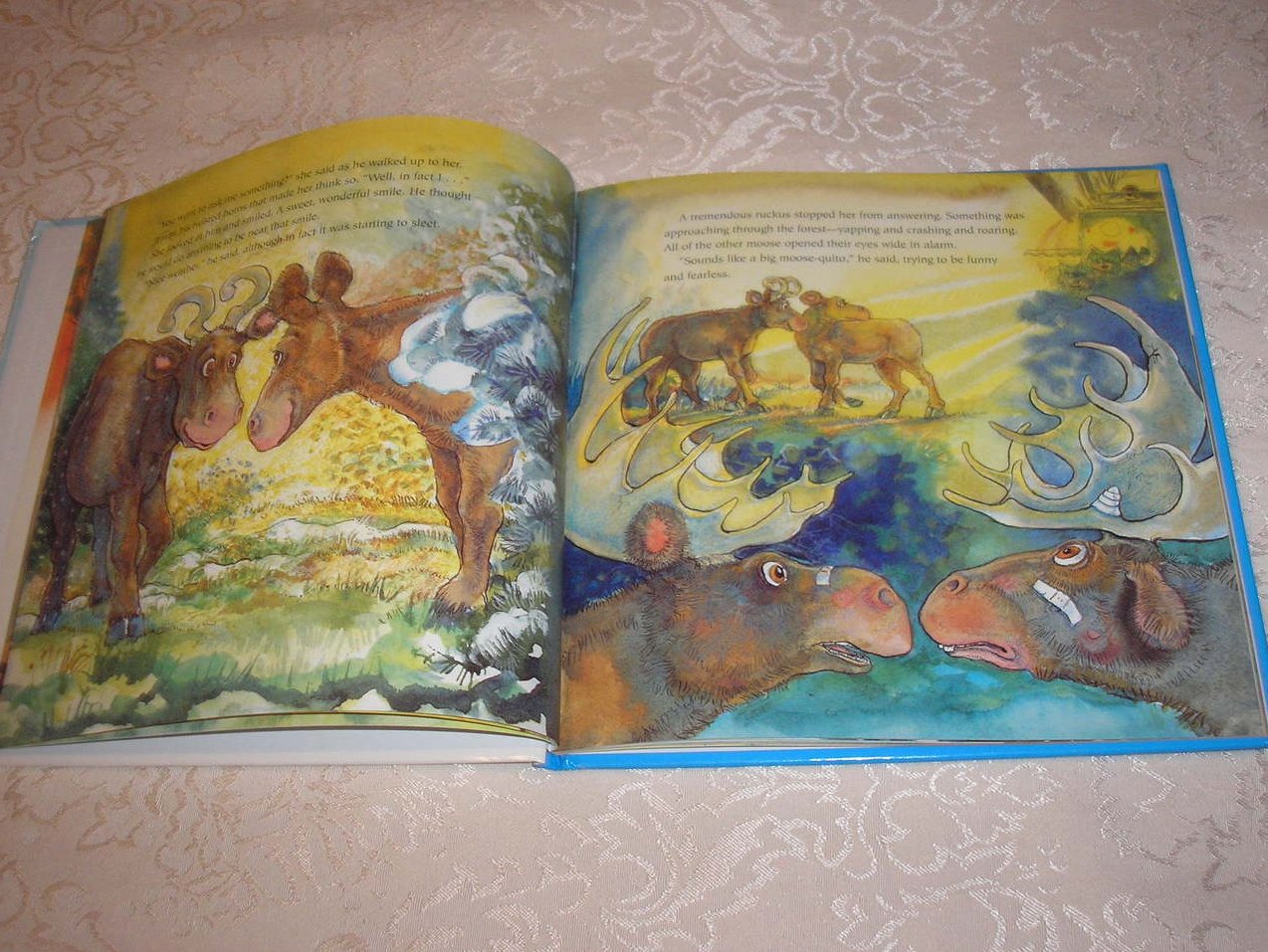The Hello, Goodbye Window
Written by Norton Juster
Illustrations by Chris Raschka
Scholastic, 2005
29 pages
Multi-Cultural
I ordered this book off of Amazon, along with an arm-load of others. One night, I arrived home and it was waiting for me in its crisp, brown packaging on my kitchen table. I had to know which book it was (like Christmas!) so I ripped it open to find this precious little book. I instantly remembered seeing it on Amazon. However, I ordered stuff like a crazy woman, so I didn't remember actually ordering it, but I am so glad that I did! I opened it up and read it right there in my kitchen...and bawled like a baby! I had a very special relationship with my Dad's mother, my Ma-Ma, just like the little girl in the story has with her Nanny and Poppy. The Hello Goodbye Window is everything to her, the beginning and the end. As a child, you remember small moments, but they are so big at the time! The simplicity coupled with the symbolic nature of a window is genius in this book! Honestly, you have to read it, because no summary that I can write will do it justice! The child-like way it is written, just like a child who is so excited that they can't wait to get the words out, along with the illustrations-just fantastic! I would like to point out that the mom and dad as well as the grandparents are multi-racial. The mom and Nanny appear to be Black and the dad and Poppy appear to be white. I should also mention that this book won the Caldecott Medal in 2005, and it was the first Caldecott winning book to feature an interracial family and a multiracial child. One of my favorite parts of the book is when she is sitting in the kitchen watching the window and "waiting for people to drop by." Her Nanny told her that it is a magic window and that anyone could come by, so naturally she is waiting for a T-Rex, and the pizza guy, and even the Queen of England. She mentions that her Nanny is English, so "the Queen like to come for tea."
The illustrations are, once again, my favorite!! This Chris Raschka is my kind of illustrator! They are all over the place, but is is great! The pictures, to me, seem like they are done in some watercolors, a little crayon and colored pencil, and maybe oil-based paints for the deep colors. I think that the illustrations are perfectly paired with the style of writing by Juster.
Almost every child has a relationship with a grandparent, so this would be an easy way to get them writing! Have the students write a letter to their grandparents to tell them about their favorite things to do together. Show your students the illustrations and explain to them that an "adult" drew them. Have a painting day and encourage them to use all colors, and as well as pencils, and crayons. Every child is an artist! You could even talk about why and how you can see your reflection in a mirror for a science lesson!































